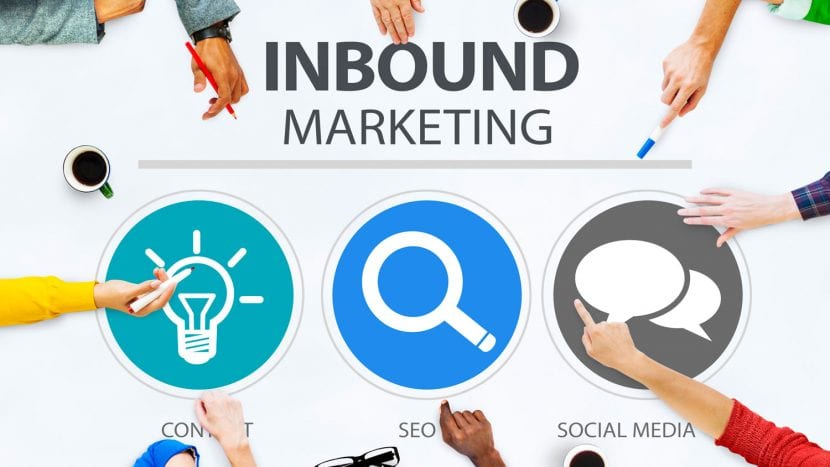
Inbound Marketing It is a marketing approach aimed at attracting customers by generating content and interactions that are useful and relevant. With the Inbound Marketing it is customers who find brands through channels such as search engines, social media or blogs.
What is Inbound Marketing?
Unlike Outbound Marketing, Inbound Marketing does not have to fight for the attention of potential customers. By creating content designed to address the issues as well as the needs of your target audience, Inbound Marketing to potential customers and builds trust as well as credibility for the brand.
Inbound Marketing Methodology
La Inbound Marketing methodology It is based on four main actions: Attract, Convert, Close and Fall in love. These are the actions that all companies and brands must take in order to obtain visitors, potential clients and promoters. To carry out these actions, brands must use specific tools for each of the actions, although they can still be applied in various stages of the methodology.

Attract.
Not just any type of traffic is searched, but the correct traffic; that is, people who are more likely to become potential customers and ultimately happy customers. To attract visitors you can use tools and resources such as blogging, SEO, web pages and social media posts.
Turn into.
Once visitors are attracted, the next thing to do is convert them into leads by collecting contact information. Some of the tools needed to convert visitors into potential customers include Forms, Calls to Action, Landing Pages, Contacts.
Close.
It is not enough to attract visitors and convert them into potential customers, it is essential to transform them into customers. The way to achieve this requires marketing tools that allow you to convert these leads into customers at the right times. CRM, reports, email, and marketing automation can help.
To fall in love
This has to do with providing remarkable content to users, whether they are visitors, prospects, or existing customers. Some of the tools that can be used to "woo" customers include: Surveys, Smart Calls to Action, Smart Content, Social Media Monitoring. This element is very important since when the correct content is created, the ideal visitors are effectively attracted, who become leads and these in turn become customers.
Content Creation + Distribution
This stage of the Inbound Marketing methodology it requires the creation of specific content that answers the questions and basic needs of potential clients. Once it is achieved, such content must be shared with everyone.
Marketing life cycle
Promoters don't appear all of a sudden, they start out as strangers and from there they escalate into visitors, contacts, and customers. Actions and specific tools They help transform those strangers into brand promoters.
Customization
At this stage of the Inbound Marketing companies They must tailor their content to the wants and needs of the people who are viewing it. As brands learn more about their potential customers, over time they are better able to personalize their messages based on the specific needs of your customers.
Multiple channels
El Inbound Marketing It uses multiple channels by nature because it reaches out to people where they are, in the channel where they want to interact with the brand.
Integration
The tools for creating content, publishing and analysis work together like perfectly oiled machinery. This allows you to focus on publishing the right content in the right place at the right time.
In the end, the most important aspect of the Inbound Marketing is that it is an excellent marketing strategy through which brands, companies or businesses of any size can access just the type of consumers who are willing to buy their products or services.